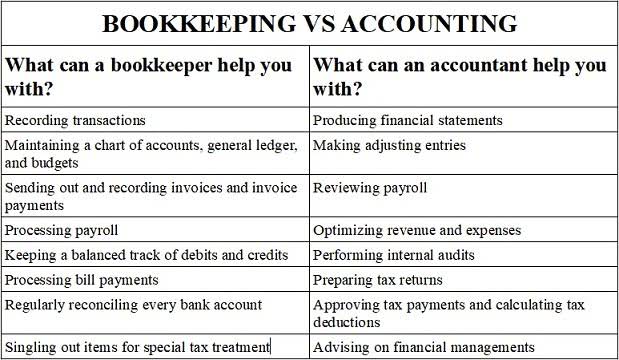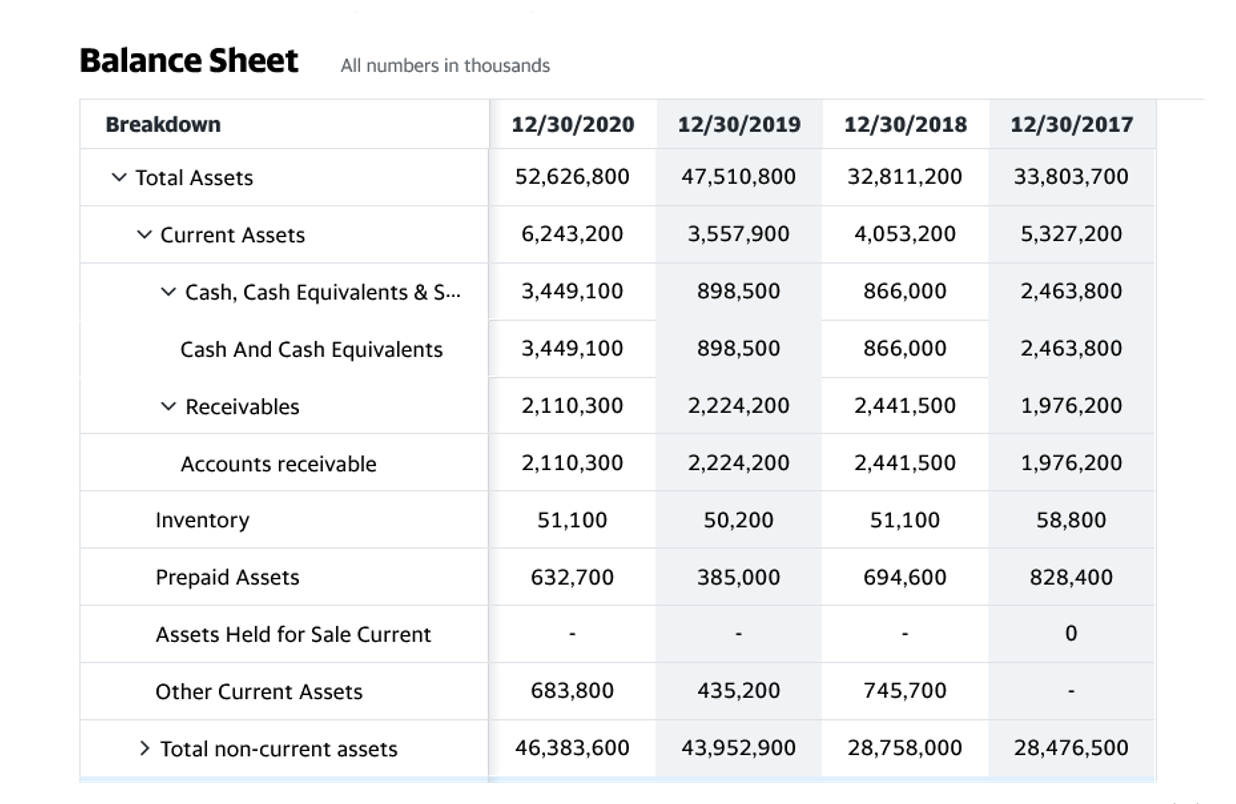
A higher TIE ratio suggests that the company is generating substantial profits relative to its interest costs. This showcases effective financial management, as it demonstrates that the company’s core operations are generating enough income to cover its financial obligations. When the TIE ratio is low, it raises red flags, suggesting that the company may struggle to meet its debt payments. This situation can potentially lead to financial distress, credit rating downgrades, or even default, which can have severe consequences for the company’s operations and reputation. As mentioned, TIE is a sort of a test for a company’s ability to meet its debt obligations.
- Further, indicators like the TIER, P/E, or P/B are generally used to compare similar companies to one another, rather than evaluate the intrinsic value of a standalone firm.
- Any chunk of that income invested in the company is referred to as retained earnings.
- A stable or improving TIE ratio is generally interpreted as a sign of sound financial health, possibly leading to a lower risk of bankruptcy.
- Spend management encompasses organization-wide spending, accounting for invoice (accounts payable) and non-invoice (T&E) spend.
- A company that consistently boasts a high TIE ratio is seen as financially healthy, as it has a steady stream of income to cover its debt obligations.
What’s considered a good TIE ratio?
Ultimately, you must allocate a percentage for your varied taxes and any interest collected on loans or other debts. Your net income is the amount you’ll be left with after factoring in these outflows. Any chunk of that income invested in the company is referred to as retained earnings. A TIE ratio of 5 means you earn enough money to afford 5 times the amount of your current debt interest — and could probably take on a little more debt if necessary. For example, well established oil and gas companies have very different capital expenditure requirements and debt structures than high growth software companies or automobile manufacturers.
- It helps to calculate the number of times of the earnings made by the business that is required to repay the debts and clear the financial obligation.
- There are several ways in which TIE impacts business’s assessment of its financial health.
- Hence, investors sometimes consider EBITDA (earnings before interest, taxes, depreciation, and amortization) as an alternative to gain a broader view of a company’s financial health.
- It represents the total cost of interest payments a company must make on its outstanding debt.
Calculating business interest expense

If a business takes on additional debt after an increase in interest rates, the total annual interest expense will be higher. If operating expenses increase, current earnings may decline, and the firm’s creditworthiness may be affected. A TIE ratio of 2.5 is considered the dividing line between fiscally fit and not-so-safe investments. Lenders make these decisions on a case-by-case basis, contingent on their standard practices, the size of the loan, and a candidate interview, among other things. But the times interest earned ratio formula is an excellent metric to determine how well you can survive as a business.

EBIT (Earnings Before Interest and Taxes)

The times interest the times interest earned ratio provides an indication of earned ratio measures a company’s ability to make interest payments on all debt obligations. The times interest earned formula is EBIT (company’s earnings before interest and taxes) divided by total interest expense on debt. Debts may include notes payable, lines of credit, and interest obligations on bonds. As a rule, companies that generate consistent annual earnings are likely to carry more debt as a percentage of total capitalization. If a lender sees a history of generating consistent earnings, the firm will be considered a better credit risk. The TIE ratio also informs stakeholders whether a company can afford to take on more debt.
How can I calculate the TIE ratio?
The Times Interest Earned (TIE) ratio is an insightful financial ratio that gauges a company’s ability to service its debt obligations. It is a critical indicator of creditworthiness that investors and creditors scrutinize to understand a borrower’s financial stability. The Times Interest Earned Ratio is a crucial financial metric to assess a company’s ability to meet its interest obligations. This ratio is the number of times a company could cover its interest expenses with its operating profit. Divide the company’s earnings before interest and taxes (EBIT) by its interest expense to calculate the TIE ratio. This quantitative measure indicates how well a company’s earnings can cover its interest payments.
- The debt service coverage ratio determines if a company can pay all interest and principal payments (also called debt service).
- Conversely, a lower TIE ratio raises concerns about a company’s financial health, as it implies a reduced ability to cover interest costs with current earnings.
- Generally speaking, a higher Times Interest Earned Ratio is a good thing, because it suggests that the company has more than enough income to pay its interest expense.
- The Times Interest Earned Ratio is a crucial financial metric to assess a company’s ability to meet its interest obligations.
What’s considered a good times interest earned ratio?
A company’s financial health depends on the total amount of debt, and the current income (earnings) the firm can generate. Please note that this formula provides a straightforward calculation for interest expense if the interest rate remains constant throughout the period. Conversely, a lower TIE ratio raises normal balance concerns about a company’s financial health, as it implies a reduced ability to cover interest costs with current earnings. Such a situation may lead to difficulties in securing financing or even jeopardize the company’s ongoing operations if debt servicing becomes unsustainable. While TIE exclusively evaluates interest-payment capabilities, it is often considered alongside other financial ratios to provide a comprehensive view of a company’s financial health.